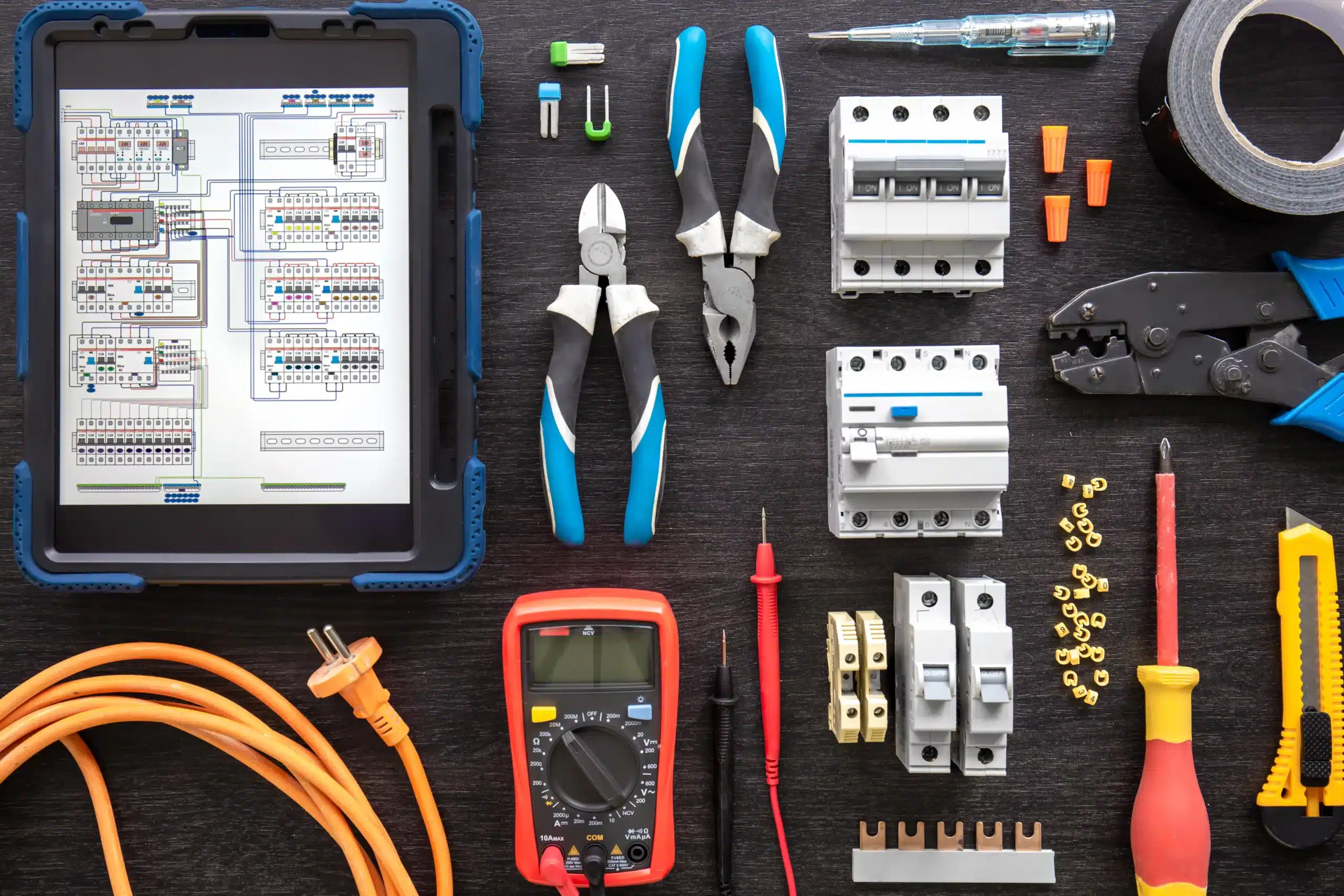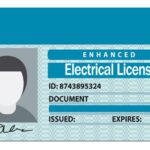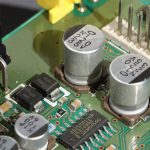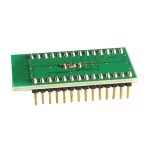
Introduction
Embarking on the exciting journey of electronics can be both exciting and daunting. Whether you are a hobbyist, a student, or a professional––eager to dive into the world of electronics but not sure where to start? Don’t worry! An electronics starter kit is the initial step towards your fascinating journey that requires a set of crucial tools and equipment. To help you get started, we have compiled a comprehensive list of essential tools.
This article will well-prepare you with the essential tools and equipment to create a well-equipped electronics starter kit to tackle multiple projects and gain valuable experience in the fascinating world of electronics.
Understanding Electronics Starter Kit: The Importance and Applications
Before going towards the basic tools for an electronics starter kit, let’s explore what an electronics starter kit is? An electronics starter kit is a package of essential electronic components and tools designed to help beginners and enthusiasts learn and experiment with electronics. These kits typically comprise a variety of components like resistors, capacitors, transistors, LEDs, sensors, and more, along with basic tools necessary for electronic projects.
Electronics starter kits are a great way to get started with electronics because they provide all the necessary components and tools in one package. They allow you to learn basic principles, experiment with circuits, and eventually build more complex projects as you gain experience. These kits, for instance, educational kits, are used in educational settings, by hobbyists, and even by professionals for prototyping and testing electronic designs.
Must-Have Tools and Equipment for Electronics Starter Kit
For getting started with electronics and building a basic electronics starter kit, the following are must-have electronic and electric tools, hand tools, and valuable test and measurement equipment for your projects.
Soldering Iron and Solder Wire
A soldering iron is a fundamental tool in electronics for joining components together. It allows you to connect wires and other integrated components to the circuit board by melting a solder. Opt for a soldering iron with a comfortable grip and adjustable temperature control. Invest in high-quality solder wire to ensure clean and reliable connections. Additionally, a stand for the soldering iron and a cleaning sponge are also important for safety and maintenance.
Soldering Station
While a basic soldering iron will suffice for many projects, a soldering station offers better temperature control, stability, and safety by having adjustable temperature settings, an ergonomic handle, and a stable base. It is a wise investment for those who intend to work on electronics regularly.
Multimeter
A multimeter, an indispensable tool for diagnosing and troubleshooting electronic circuits, measures a range of parameters, including voltage, current, and resistance––essential for understanding and solving many electronic issues. Digital multimeters offer more accuracy and are easier for beginners to read compared to analog multimeters.
Wire Strippers and Cutters
Wire strippers are easy-to-use hand tools used to remove the insulation from electric wires without damaging the wire. Alongside wire strippers, having a good pair of wire cutters is important for cutting wires to the desired length. Invest in a combination tool that can handle both tasks conveniently.
Breadboard
A breadboard is a reusable base for prototyping electronic circuits designed to create and test circuit designs without soldering. The breadboard is a great learning tool, enabling easy adjustments and modifications to your circuit.
Jumper Wires
Jumper wires can connect components on a breadboard or other prototyping boards. A variety of jumper wires, including different lengths and colours, will help in organising and testing your circuits efficiently.
Resistors and Capacitors Assortment
Stock up on a variety of resistors and capacitors – passive components that are used in nearly every electronic circuit to control current/voltage and to store and release energy. Having a range of values readily available will facilitate you to experiment with different designs and troubleshoot effectively.
LEDs and Diodes
Light-emitting diodes (LEDs) and diodes are cost-effective, readily available essentials for learning about semiconductor devices and creating visual indicators in your projects. LEDs come in various colours, while diodes can control the direction of current flow.
Transistors and Integrated Circuits (ICs)
Transistors and ICs are the building blocks of modern electronics. Transistors are used for amplification and switching, while ICs contain multiple components in a single package, such as microcontrollers, operational amplifiers, and more. Start with some basic transistors and versatile ICs to expand your capabilities.
Potentiometers are adjustable resistors designed to control voltage or current in a circuit. While pushbuttons and switches are components for user input and control in your circuits.
Power Supply
A stable and adjustable power supply is crucial for powering your electronic circuits. You can use a benchtop power supply or even a simple battery pack, depending on your needs. Having a variable power supply provides different voltage levels for testing and experimentation.
Screwdrivers
A set of precision screwdrivers is necessary for assembling and disassembling electronics. Choose a set that includes both flathead and Phillips head screwdrivers in various sizes. Magnetic tips are a bonus as they can hold small screws, making your work easier.
Pliers
Pliers are essential, versatile tools for gripping, bending, and cutting small components. Needle-nose pliers, in particular, are useful for working in tight spaces and for precise tasks.
Solder and Solder Wick
Solder is a metal alloy that joins electronic components together. It’s important to choose a solder that is appropriate for electronics, typically a lead-free rosin-core solder. A solder wick is used to remove excess solder from a joint or to correct mistakes.
Heat Shrink Tubing
Heat shrink tubing provides a neat and safe finish to your projects by insulating wires and connections. By applying heat, it shrinks tightly over the wire, protecting the connection from short circuits and physical damage.
Helping Hand
A “helping hand” tool is a stand with alligator clips and sometimes a magnifying glass used to hold components in place while soldering. This tool is incredibly useful for freeing up your hands and improving precision.
Oscilloscope
For more advanced users, an oscilloscope can be a valuable addition to the electronics toolkit. A digital oscilloscope, in particular, allows you to visualise the electronic signals in circuits, which is crucial for understanding complex electronic systems.
Safety Equipment
Safety should always be a priority in any project. Include safety gear, like goggles, to protect your eyes from flying components or solder splashes. A smoke absorber or fume extractor is also important to avoid inhaling harmful fumes from soldering.
Storage and Organisation
Finally, proper storage for your tools and components will keep your workspace organised and efficient. A toolbox or a set of storage drawers can be used to store tools, whereas small components like capacitors and resistors can be stored in organiser boxes.
Takeaway
Building your electronics starter kit is the first step in your journey into the world of electronics––providing the foundation for learning, experimenting, and creating a multitude of projects. As you grow in your electronics endeavours, you may find the need to add more specialised tools to your kit. However, these essential tools will equip you to handle a wide range of electronic projects and challenges. Remember, the best toolkit is one that suits your specific needs and goals in electronics.





















